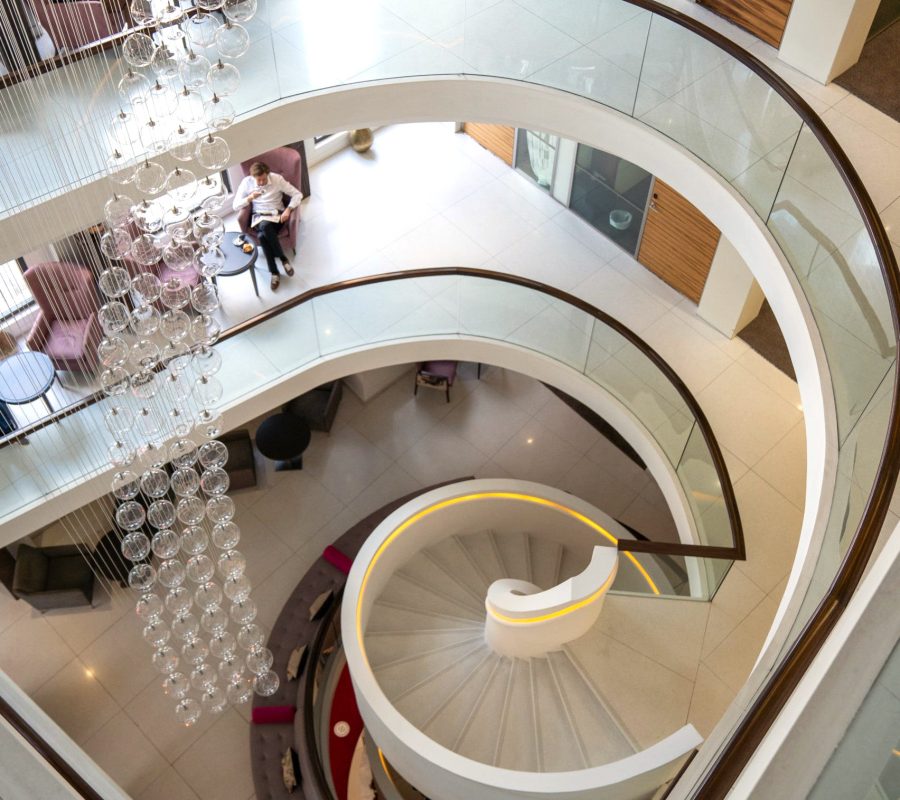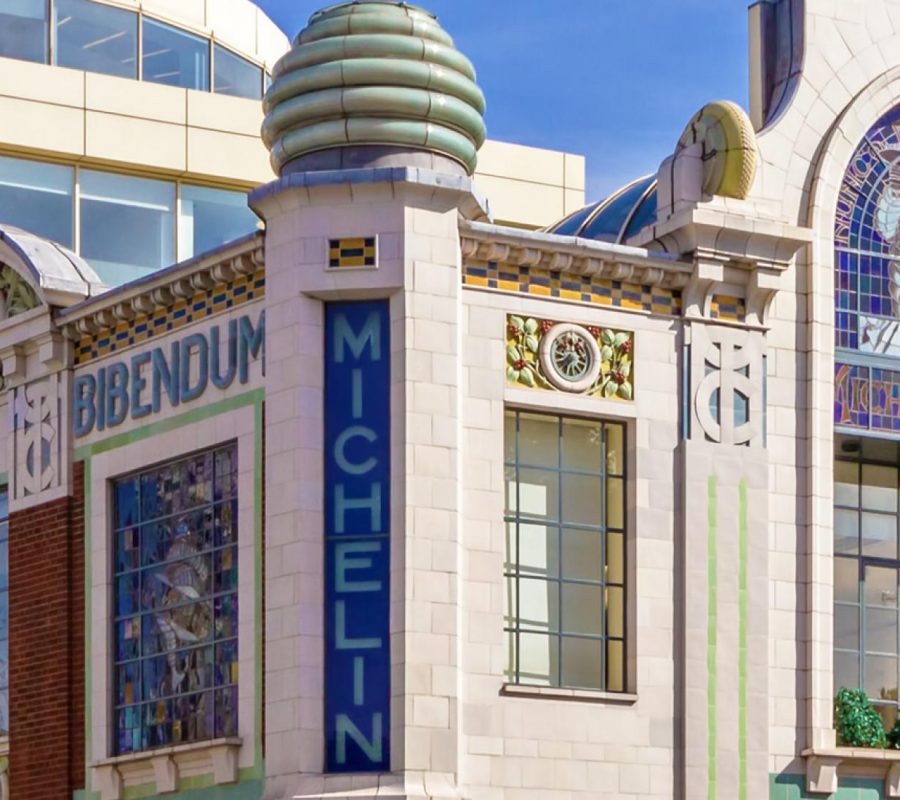Location:Kensington
Kensington Office Space
Kensington is located west of Central London and sits in the Royal Borough of Kensington and Chelsea.
Edward VII granted the borough royal status in November 1901 to commemorate Queen Victoria, who was born in Kensington Palace and died in January of that year.
The Royal Borough of Kensington and Chelsea is the smallest in London and the second smallest district in England. However, it is one of the most densely populated administrative regions in the United Kingdom, containing affluent areas such as Belgravia, Chelsea, Holland Park, Knightsbridge, Kensington and South Kensington.
Kensington’s commercial core centres around Kensington High Street which is recognised as one of London’s best shopping and dining streets. The northeast of the district is taken up by Kensington Gardens, containing the Albert Memorial, the Serpentine Gallery and Speke’s monument.
South Kensington and Gloucester Road are home to celebrated institutions, including Imperial College London, the Royal Albert Hall, the Royal College of Music, the Natural History Museum, the Science Museum and the Victoria and Albert Museum.
Kensington and South Kensington are also home to many international embassies and consulates, including those of Armenia, Bulgaria, Estonia, Fiji, Grenada, Israel, Jamaica, Montenegro, the Netherlands, Saint Kitts and Nevis, and Venezuela.
South Kensington is home to several streets of shops, restaurants and service businesses that rent office space clustered around South Kensington tube station. The station is at the southern end of Exhibition Road, the street on which the area’s museums and educational institutions are situated.
The Great Exhibition of 1851 is from which the name of the road derives, it was held just inside Hyde Park at the northern end of the road where Marble Arch was used as the entrance for attendees.
Kensington is steeped in history, including South Kensington Station. In 1897, Parliamentary approval was given to the Metropolitan District Railway for an electrified express deep-level tube to run from Earl’s Court to Mansion House to relieve congestion and pollution on the existing line.
However, the plan was quickly abandoned when cheaper ways of easing congestion and pollution were discovered, yet not before part of the tunnel between Earl’s Court and South Kensington was built.
This section of the tunnel was ingeniously repurposed during WWI. It was used to store precious china from Buckingham Palace and valuable items from the Victoria and Albert Museum.
It then became a training area for new underground tube drivers, with a track and a lecture theatre within. During WWII, the tunnel housed equipment for detecting bombs dropped into the River Thames and determining whether the newly installed London Underground floodgates were to be closed.
The manor of Chenesitone is listed in King William the Conqueror’s list of assets and dues, the Domesday Book of 1086. It derives from the Anglo-Saxon ‘Chenesi’s ton’ (homestead or settlement) and was later recorded as ‘Kesyngton’ in 1396.
King William granted the manor of Kensington to Geoffrey de Mowbray, Bishop of Coutances in Normandy, who was among his inner circle of advisors and one of the wealthiest men in post-Conquest England.
Geoffrey de Mowbray then granted the tenancy of Kensington to his follower Aubrey de Vere. However, the bishop’s heir, Robert de Mowbray, rebelled against King William II, and his vast feudal barony was forfeited to the Crown.
Therefore, Aubrey de Vere I became a tenant-in-chief, holding directly from the king after 1095, which increased his status in feudal England. He subsequently granted the church and an estate within the manor of Kensington to Abingdon Abbey in Oxfordshire.
As the de Veres became Earls of Oxford, their principal manor at Kensington came to be known as Earl’s Court because they were not resident in the manor, and their manorial business was not conducted in the great hall of a manor house but in a courthouse.
To differentiate it, the new sub-manor granted to Abingdon Abbey became known as Abbot’s Kensington, and the church as St Mary Abbots.
Today, Kensington is home to super-prime real estate, such as homes at Princes Gate in South Kensington, complete with amenities such as cinema rooms, swimming pools and spas that command monthly rents of £100,000. It is also home to unusual residences such as that at No. 5 Thurloe Square, possibly one of the thinnest houses in London at just 6 feet wide yet valued at over £1 million.
Kensington office space has long been popular with a wide range of businesses from a broad assortment of sectors. The head office of newspaper group Daily Mail and General Trust (DMGT) is in Northcliffe House off Kensington High Street.
This building also accommodates the offices of the newspapers owned by Evgeny Lebedev, including The Independent, The Independent on Sunday, and the Evening Standard.
Lebedev’s TV channel, London Live, is also based at the offices, and its news studio uses St Mary Abbots church and Kensington Church Street as the live backdrop.
Entertainment corporation Warner Bros. occupies office space at Lancer Square in the district, and luxury fashion designer Stella McCartney also rents office space in the locale.
Businesses that base themselves in Kensington enjoy an abundance of local amenities. As one would expect from one of London’s top shopping streets, the district has a plenitude of world-class retailers.
Kensington is also home to internationally acclaimed hotels such as Baglioni Hotel London, The Gore, The Kensington and The Pelham and first-class restaurants such as Eve, Jacuzzi, and Claude Bosi at Bibendum on Fulham Road.
Bibendum is the official name of the better-known Michelin Man. The iconic Art Deco building was built in 1911 and designed by one of the tyre company’s employees. Its stained-glass windows still feature the mascot used in the company’s advertising campaigns since 1894.
There is also a tasteful selection of original decorative tiles throughout the property depicting motor racing cars of the early 20th century that were fitted with Michelin tyres.
The company moved out of the building in the mid-1990s, and it was purchased by new owners who fell in love with its unique design and history.
In addition to being home to the elegant restaurant, the building offers premium workspace on flexible short-term contracts that provide agile alternatives to businesses that are not looking to rent office space with long-term commitments.
The offices at Michelin House are occupied by way of licences with the option to extend, and the flexible contracts also allow tenants to upgrade to larger suites as business needs dictate.
The rental fee is an all-inclusive package, covering overheads such as utilities, cleaning, furnishings, IT, business lounge access, and enhanced services such as reception, administrative support, and concierge services.
Kensington is home to several buildings offering high-end flexible workspace solutions, including private serviced offices, managed office suites and floors, co-working spaces, and traditional solutions for businesses that wish to lease office space conventionally.
Businesses are attracted by the proximity of the centre of the UK capital, the wealth of amenities and its excellent transport links.
Kensington is served by several stations, including Earls Court, Gloucester Road, High Street Kensington, Kensington (Olympia), South Kensington and West Kensington. The Cromwell Road (A4) runs from Kensington to the M4 motorway, and Heathrow Airport can be reached in approximately 30 minutes.


